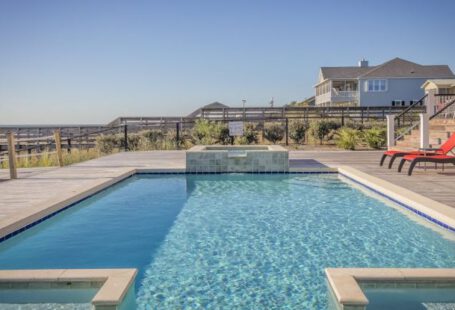Owning a hot tub can bring relaxation and luxury to your home, but it’s essential to consider the costs involved in running one. While the initial purchase price is a significant investment, there are ongoing expenses that come with maintaining and operating a hot tub. Understanding these costs can help you budget effectively and enjoy your hot tub without any financial surprises down the line.
**Installation Costs**
Before you even start enjoying your hot tub, you’ll need to consider the installation costs. This includes preparing the site, electrical work, and any plumbing requirements. Depending on the complexity of the installation, these costs can vary. Hiring professionals to handle the installation ensures that it is done correctly, which can save you money in the long run by preventing potential issues.
**Energy Costs**
One of the most significant ongoing expenses of running a hot tub is the energy costs. Heating the water, running the pumps, and powering the jets all contribute to your energy bill. The cost of heating a hot tub can vary depending on the size of the tub, the insulation, and the local energy rates. Energy-efficient hot tub models are available, which can help reduce your overall energy costs.
**Water Treatment**
Proper water treatment is crucial for maintaining the cleanliness and safety of your hot tub. This includes testing the water regularly, adding chemicals such as chlorine or bromine, and balancing the pH levels. Water treatment products can be an ongoing expense, but they are essential for keeping your hot tub water clean and safe for use. Neglecting water treatment can lead to bacteria growth, algae, or skin irritation.
**Maintenance and Repairs**
Like any other piece of equipment, hot tubs require regular maintenance to keep them in optimal condition. This includes tasks such as cleaning the filters, checking for leaks, and servicing the pumps and heaters. Additionally, there may be unexpected repairs that need to be addressed, such as fixing a leak or replacing a part. Budgeting for maintenance and repairs ensures that your hot tub stays in good working order for years to come.
**Accessories and Upgrades**
While not essential, accessories and upgrades can enhance your hot tub experience. This includes items such as cover lifters, steps, lighting, and aromatherapy systems. These additions can add to the overall cost of owning a hot tub but can also increase your enjoyment and comfort. Consider your budget and priorities when deciding which accessories and upgrades are worth investing in.
**Insurance and Warranty**
Another cost to consider is insurance for your hot tub. Some homeowners’ insurance policies may cover hot tubs, but it’s essential to review your policy to understand what is included. Additionally, many hot tub manufacturers offer warranties that can help cover the cost of repairs or replacements for a certain period. Investing in a good warranty can provide peace of mind and help offset unexpected expenses.
**Conclusion: Planning for the Costs of Running a Hot Tub**
Owning a hot tub can bring relaxation and enjoyment to your life, but it’s essential to be aware of the costs involved in running one. From installation and energy costs to water treatment and maintenance, there are several expenses to consider. By budgeting for these costs and staying on top of maintenance, you can ensure that your hot tub remains a source of enjoyment for years to come. Take the time to understand the financial commitment of owning a hot tub so that you can make informed decisions and fully enjoy the benefits of having your personal oasis at home.





